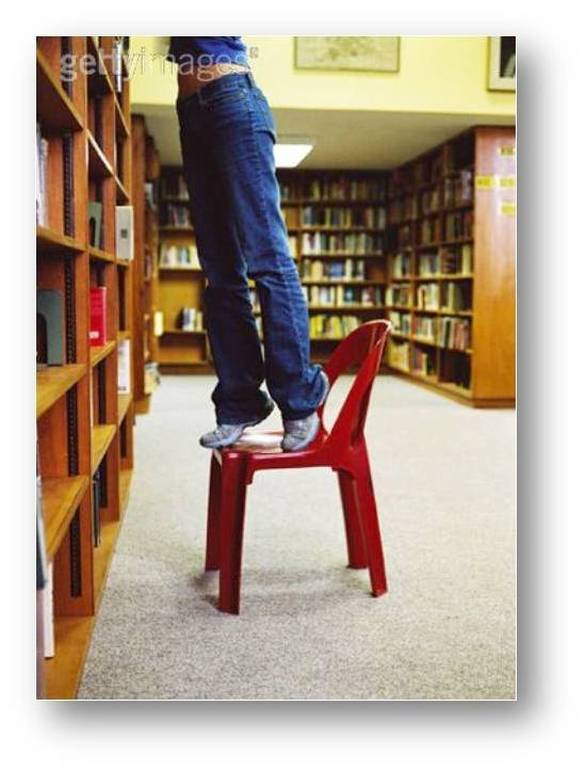Human Performance Improvement Part 3
Are we treating symptoms or curing disease? There is a great deal of difference between a worker making an error, performing a task at-risk, and performing a task recklessly, and the consequences and path forward will vary for each.
Accountability is not blame or fault, it is defined as: “being responsible for [the consequences of] our behaviors and actions”.
Culpability is defined as: “worthy of blame.”
When a worker performs a task and makes an error, (something he did not intend to do), it generally prompts the safety officer to review the case and look for a system design flaw.
To reduce the chance of repetition, you manage with changes in processes, training, design, or environment. You might look at this tactic as consoling the worker. With at-risk, or unintentional risk-taking behavior, the safety manager moves into a coaching phase, and manages change by removing the incentives of at-risk behavior, and create incentives for healthy behaviors and increasing the workers' situational awareness.
Finally, a worker who performs a reckless behavior or intentional risk taking moves you into the culpability range, and this is managed through remedial and/or disciplinary action.
Let’s observe an individual performing an everyday task in her work environment. Does this scene demonstrate a reckless error, or a latent organizational weakness?
Accountability is not blame or fault, it is defined as: “being responsible for [the consequences of] our behaviors and actions”.
Culpability is defined as: “worthy of blame.”
When a worker performs a task and makes an error, (something he did not intend to do), it generally prompts the safety officer to review the case and look for a system design flaw.
To reduce the chance of repetition, you manage with changes in processes, training, design, or environment. You might look at this tactic as consoling the worker. With at-risk, or unintentional risk-taking behavior, the safety manager moves into a coaching phase, and manages change by removing the incentives of at-risk behavior, and create incentives for healthy behaviors and increasing the workers' situational awareness.
Finally, a worker who performs a reckless behavior or intentional risk taking moves you into the culpability range, and this is managed through remedial and/or disciplinary action.
Let’s observe an individual performing an everyday task in her work environment. Does this scene demonstrate a reckless error, or a latent organizational weakness?
Latent organizational weakness is an undetected deficiency in organizational processes and values that create workplace conditions that provoke error or degrade the integrity of defenses.
Clearly the worker is not using the correct tool for the task (a ladder). With a ladder, this task would be safer. The tool she is using, though, is actually fairly effective and with little effort and high efficiency, the the task is performed successfully.
With just the little information we see in this picture, when I use it in my behavioral safety training, the general consensus in the class is that the worker is taking a borderline reckless risk. Certainly, she is accountable for decision to use a chair to reach the top shelf.
The most successful line of questioning and feedback here is whether or not the organization -- in this case, the library -- has provided the training, the correct tool, and the incentive to possibly extend the duration of the task and work more safely.
Look at it this way: the library knows there are books on high shelves. They hired a vertically-challenged worker. In this instance, there is not a ladder available and the worker just does the best she can with what she has.
(Ask yourself: Have you ever stood on a chair to, change a light bulb, eliminate a bug, and grab something off the high shelf, when you had a stepladder in the garage?)
Now that you know the circumstances that led to the picture above, you can probably more fairly determine the level of accountability or culpability for this error likely-event.
Click here to see the matrix of “Accountability for Behavioral Choices” for assistance.
Your comments are welcome below.
Clearly the worker is not using the correct tool for the task (a ladder). With a ladder, this task would be safer. The tool she is using, though, is actually fairly effective and with little effort and high efficiency, the the task is performed successfully.
With just the little information we see in this picture, when I use it in my behavioral safety training, the general consensus in the class is that the worker is taking a borderline reckless risk. Certainly, she is accountable for decision to use a chair to reach the top shelf.
The most successful line of questioning and feedback here is whether or not the organization -- in this case, the library -- has provided the training, the correct tool, and the incentive to possibly extend the duration of the task and work more safely.
Look at it this way: the library knows there are books on high shelves. They hired a vertically-challenged worker. In this instance, there is not a ladder available and the worker just does the best she can with what she has.
(Ask yourself: Have you ever stood on a chair to, change a light bulb, eliminate a bug, and grab something off the high shelf, when you had a stepladder in the garage?)
Now that you know the circumstances that led to the picture above, you can probably more fairly determine the level of accountability or culpability for this error likely-event.
Click here to see the matrix of “Accountability for Behavioral Choices” for assistance.
Your comments are welcome below.

